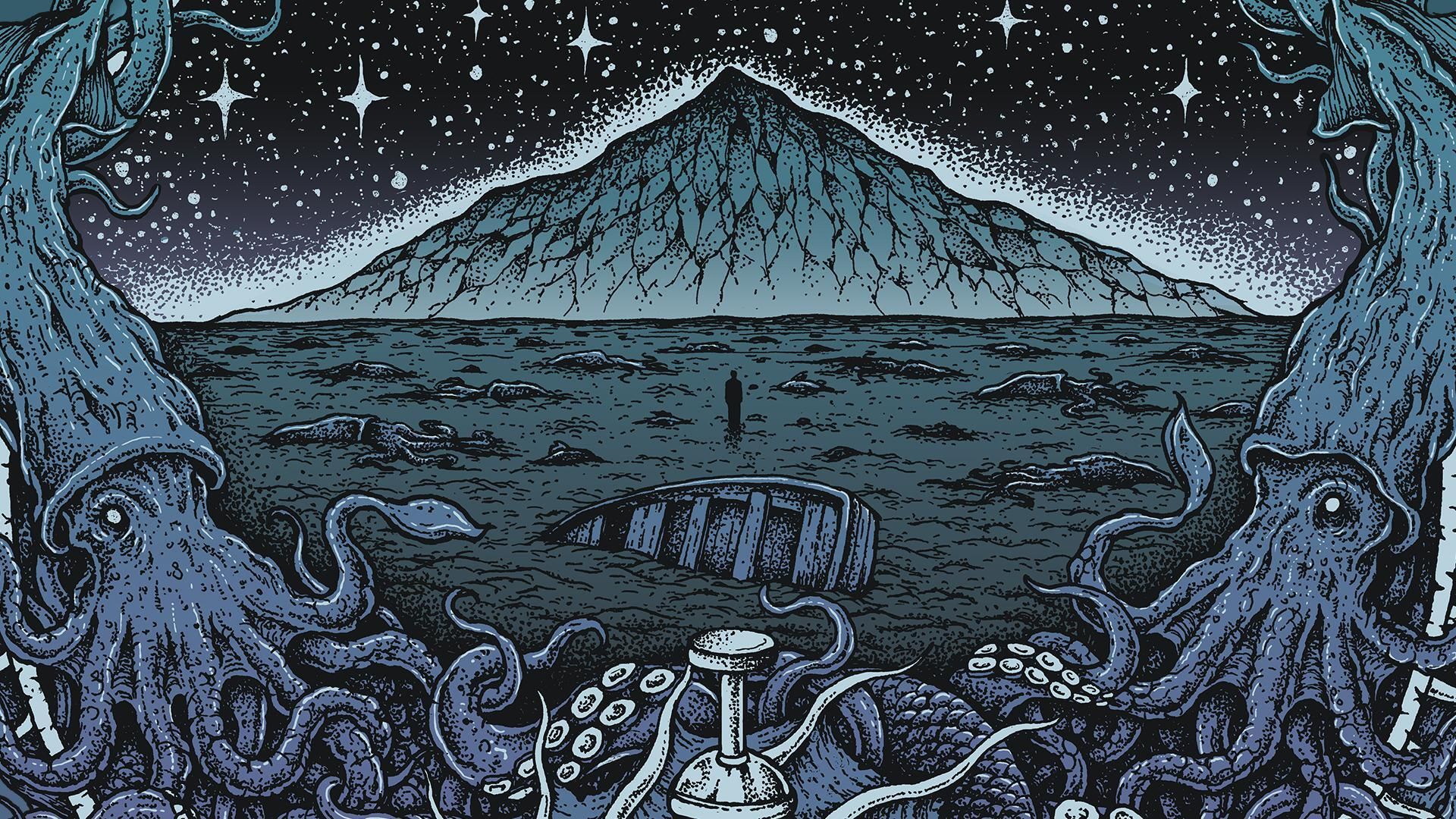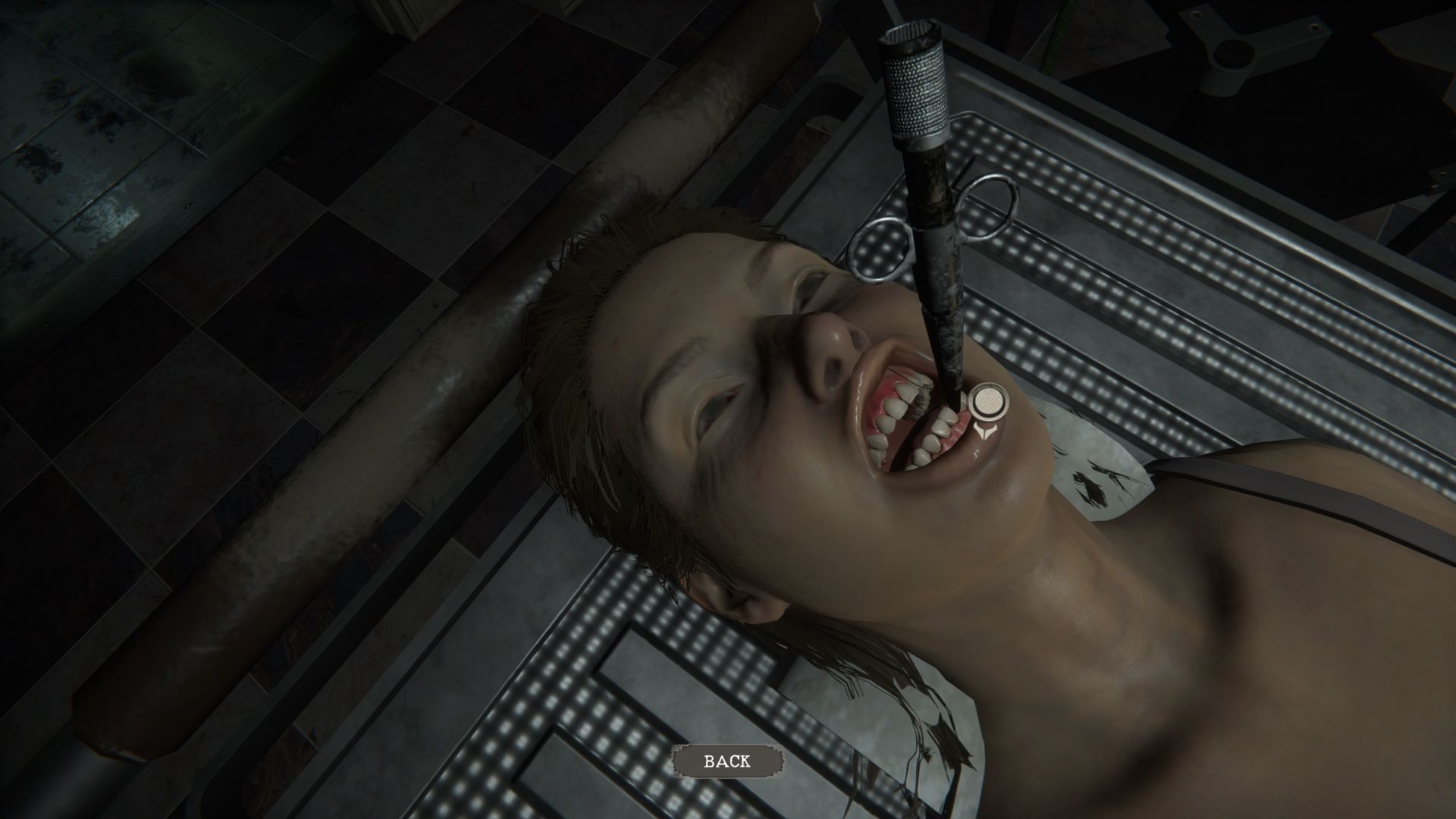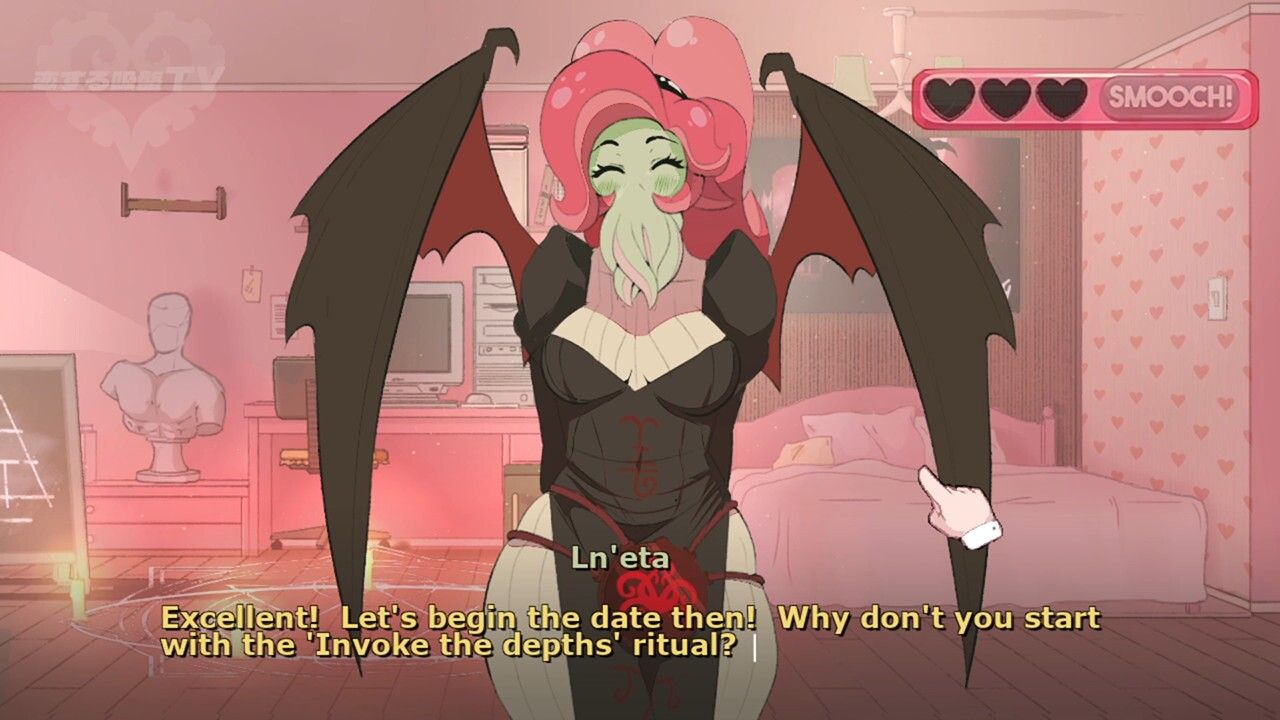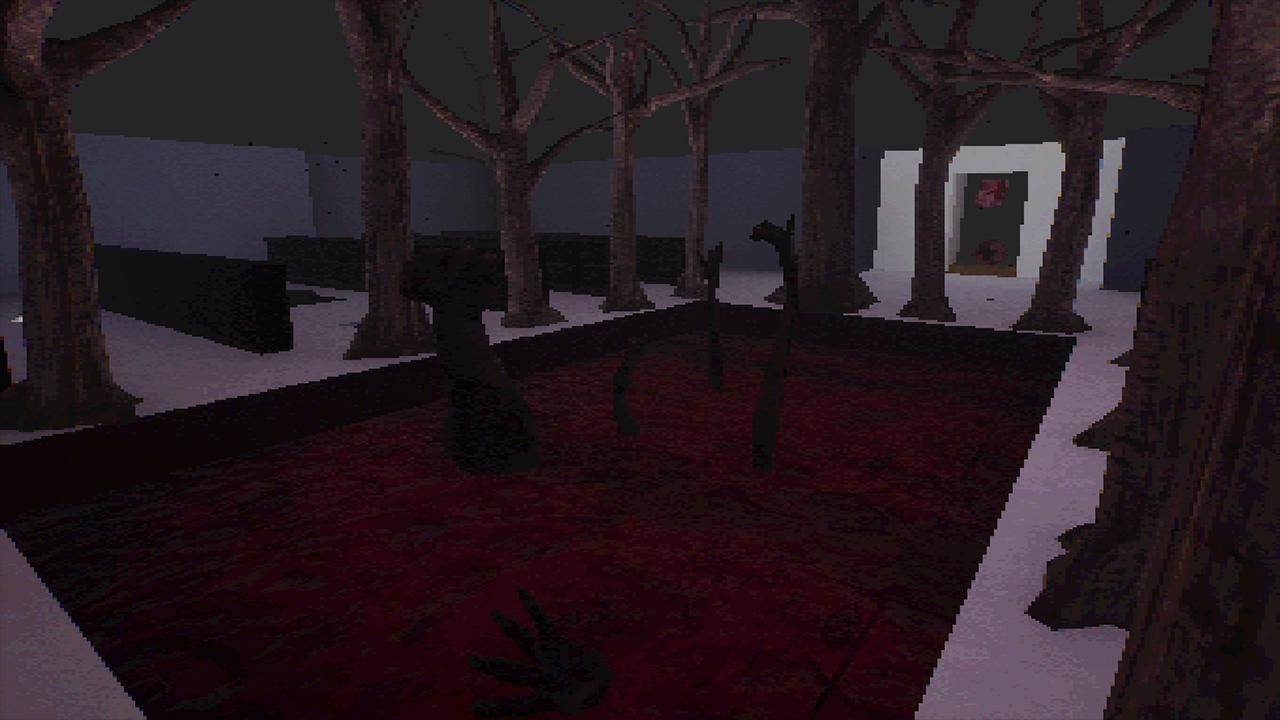Do No Harm
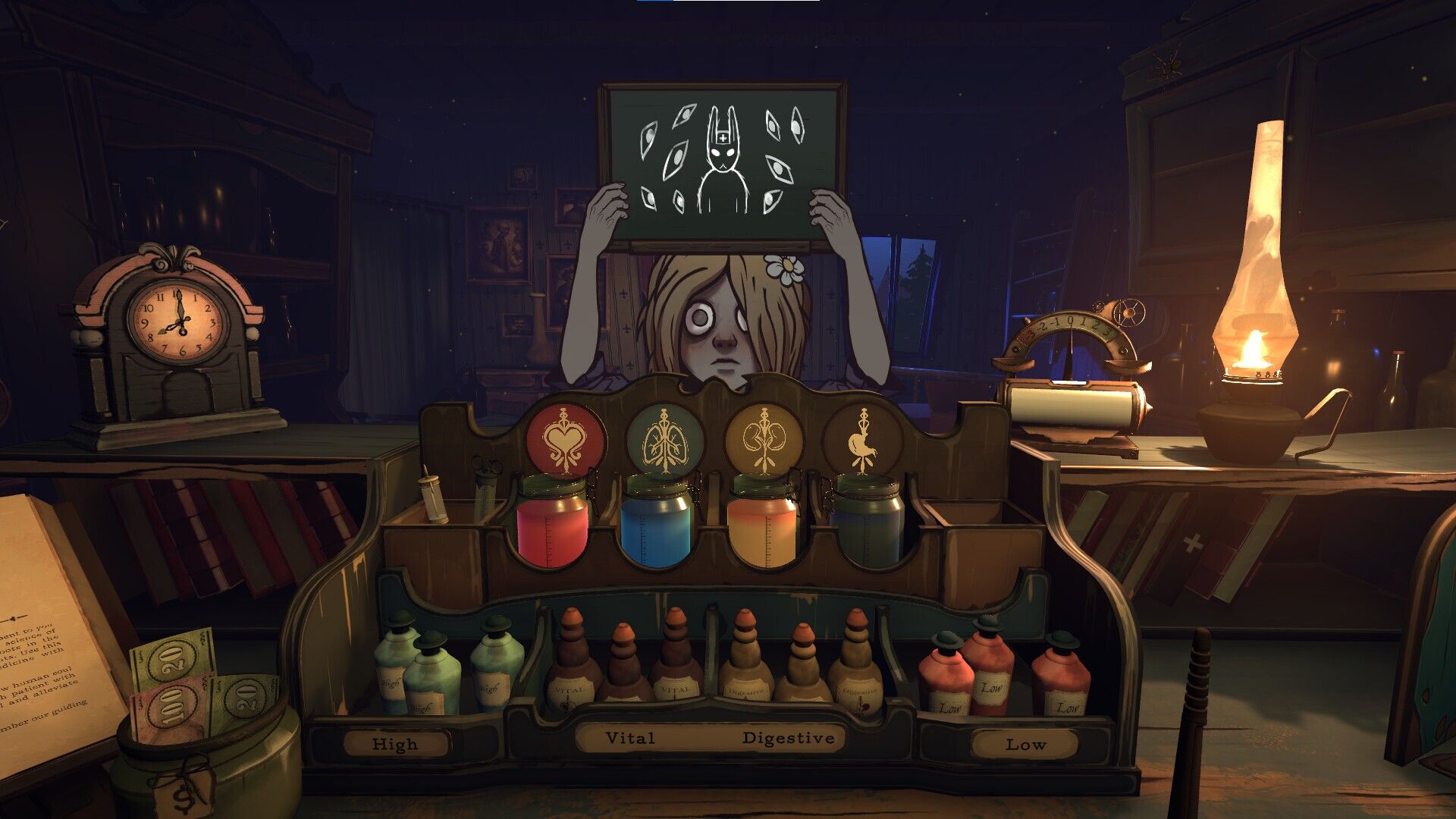
Eldritch Medicine and Unseen Horrors
In 'Do No Harm', the player becomes a vessel of dread, a doctor in a forgotten village where every diagnosis is a whisper in the dark. The core mechanics revolve around the delicate art of diagnosis and treatment, each decision a thread in the tapestry of madness that surrounds you. The Book of Medicine, an ancient grimoire, becomes both guide and tormentor, offering cryptic insights into the maladies that plague your patients.
Atmosphere of Tension and Unease
The atmosphere in 'Do No Harm' is a testament to Hawthorn Games' mastery of the unseen. Nightmarish entities claw at the edges of your vision, warping reality and leaving you adrift in a sea of uncertainty. This pervasive unease is heightened by the game's first-person perspective and immersive sound design.
Narrative Ambiguity and Existential Horror
The narrative unfolds like a fever dream, a labyrinthine tale of cosmic horror and moral ambiguity. The proxy war between Azathoth and Cthulhu weaves an eerie backdrop for every medical interaction. Multiple endings allow players to shape their own descent.
Exploration vs. Dread
Exploration is as psychological as it is physical. The game's point-and-click design pushes players to probe every corner of the clinic and surrounding village, but each revelation deepens the dread and fragility of your sanity.
The Price of Sanity
Sanity mechanics impact vision, dialogue, and outcomes. Certain truths can only be revealed by losing control—but at a price. It’s a game that asks what it means to 'do no harm' when even knowledge can corrupt.
Core Mechanics
Do No Harm mixes point-and-click puzzle-solving with sanity-based narrative branching.
-
Medical Diagnosis System
Use symptoms, lore clues, and tools to diagnose mysterious illnesses. Missteps lead to permanent consequences.
-
Sanity and Perception
Low sanity alters perception, unlocking new paths or hallucinated falsehoods. Decisions made under madness matter.
-
Dynamic Endings
Endings vary based on patient outcomes, sanity level, and interactions with eldritch forces.
-
Item-based Puzzle Solving
Mix alchemical components, use ritual items, and decode cryptic entries in the Book of Medicine.
Tips for Surviving the Clinic
Being a doctor in a dying town means more than healing — it means deciding who must suffer.
-
Take Notes
The Book of Medicine won't repeat itself. Write down symptoms and patient behaviors.
-
Balance Sanity and Discovery
Losing your mind can unlock crucial story paths. But too far, and you’ll lose control.
-
Listen to Patients
Dialogue often hides truths between lines. A cough may be less important than what they won’t say.
-
Explore Everything
Many objects seem mundane — until they’re seen through the eyes of madness.
Doctor Archetypes
There are no classes, but your playstyle shapes the village’s fate.
-
The Rationalist
Minimizes supernatural exposure. Focuses on logic and traditional medicine. Most stable outcomes, but limited lore access.
-
The Occultist
Embraces the madness. Gains deep access to eldritch rituals, but risks catastrophic ending paths.
-
The Empath
Builds trust with villagers, unlocking alternate outcomes. Often sacrifices personal sanity for communal survival.
-
The Skeptic
Denies the unnatural — until it’s too late. Offers unique narrative resistance paths and stark realizations.
Game Session
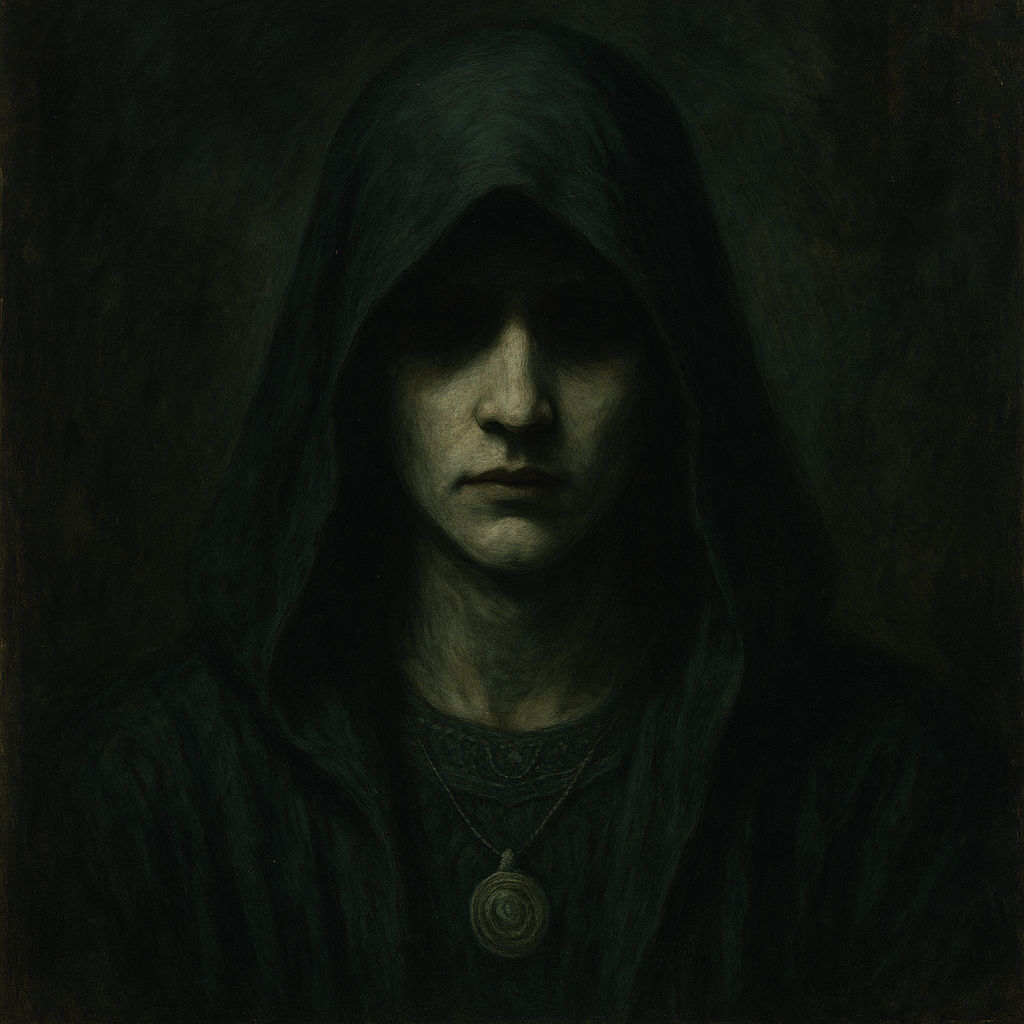
I kept hearing the bell. It rang when I opened the Book. The page flickered like firelight, and for a second, I saw the village through another’s eyes — hollow, weeping, unnatural. Then the scream came. From the floorboards. From the walls. From inside my own breath. I had written the prescription. But I couldn’t read what I’d signed.
Thematic and Cultural References
Do No Harm pulls from dark literature, metaphysical horror, and medical gothic.
-
H.P. Lovecraft's Mythos
Features deities like Azathoth and Cthulhu as narrative background forces. Uses themes of madness, knowledge, and cosmic irrelevance.
-
Medical Gothic Tradition
Influenced by tales like Frankenstein and Dr. Jekyll — where medicine collides with the supernatural.
-
Tarkovskian Atmosphere
Echoes of 'Stalker' in its pacing, spiritual decay, and philosophical depth. Patients are metaphors.
-
First-Person Immersion
Uses immersive perspective to erode player comfort and reframe horror through professional duty.
Latest News
- April 10 - Patch Note 1.0.7
Added most active community members into the game (this has been in for a while, just forgot to include that last time) Fixed errors with plot and story characters Fixed some symptoms not sticking to the body correctly Fixed the soft lock on day 24 when Priest visits the doctor back to back Fixed some achievements not triggering/triggering incorrectly Fixed multiple tool anomalies stacking Fixed medium difficulty patients not giving any hints Fixed the inconsistency of signing the medical card with spacebar
- Hotfix 3 - March 10th
Fixed most of the gamebreaking bugs. Fixed Priest Day 13 bug Slight balance changes Localization changes are on their way, and will be included in tomorrow's hotfix. We are also bringing in Steam Achievements tomorrow!
Final Verdict
For those who revel in the shadows of Lovecraftian horror, 'Do No Harm' offers a haunting experience that lingers long after the final diagnosis. Its strengths lie in its atmospheric tension and narrative complexity.
Strengths
- Masterful atmospheric tension and immersive horror elements.
- Rich narrative with multiple endings and moral complexity.
- Innovative sanity mechanics that enhance gameplay depth.
Weaknesses
- Narrative ambiguity may frustrate players seeking clear direction.
Editorial Review
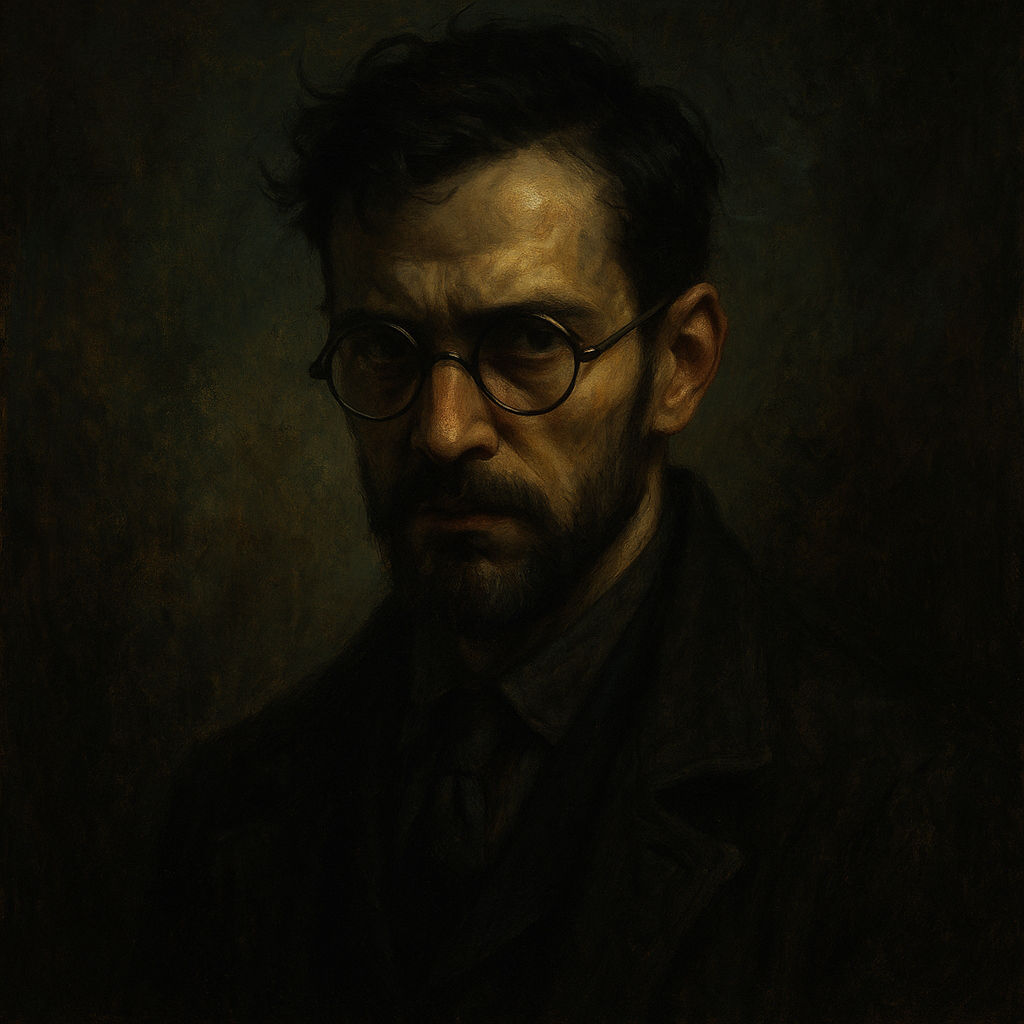
A labyrinth of narrative consequence, Do No Harm is horror distilled through the lens of clinical procedure.
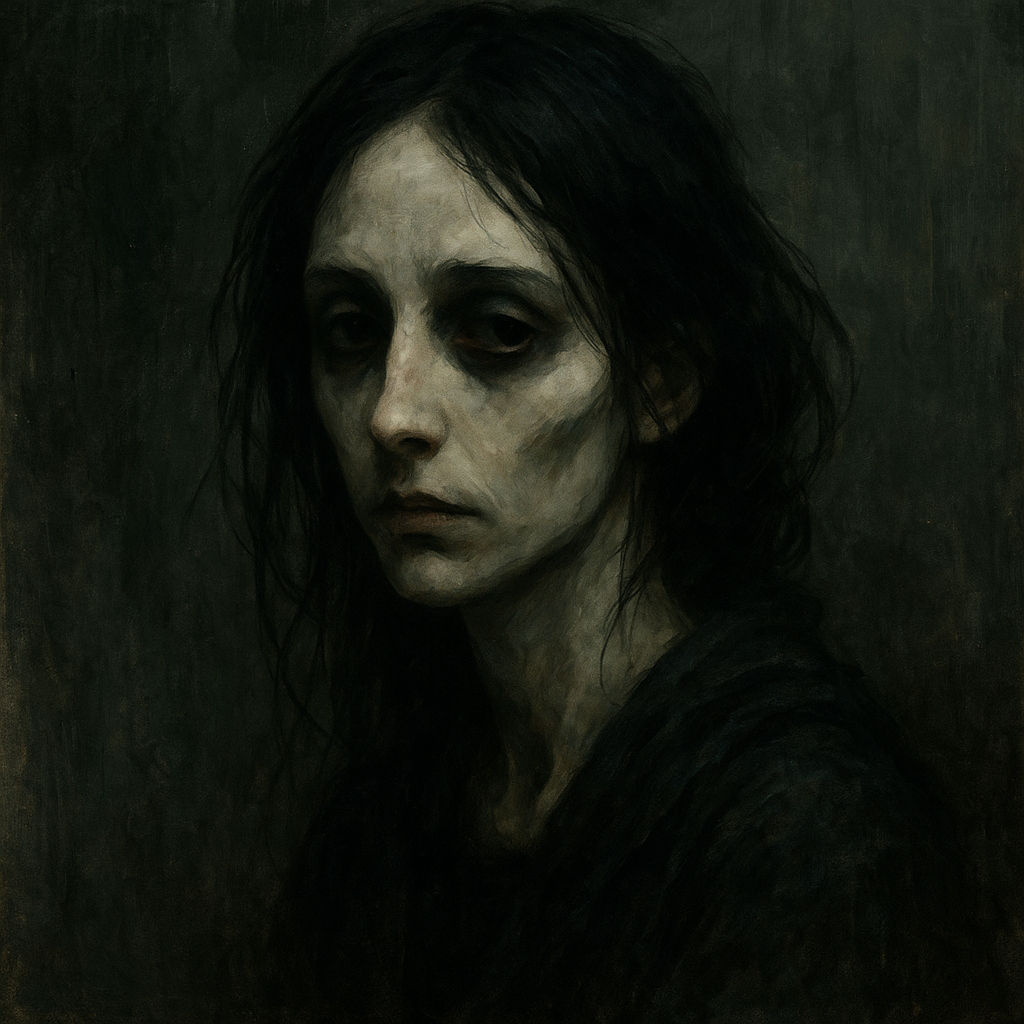
This isn’t just a game — it’s a meditation on guilt and knowledge. Each diagnosis is a silent prayer against madness.
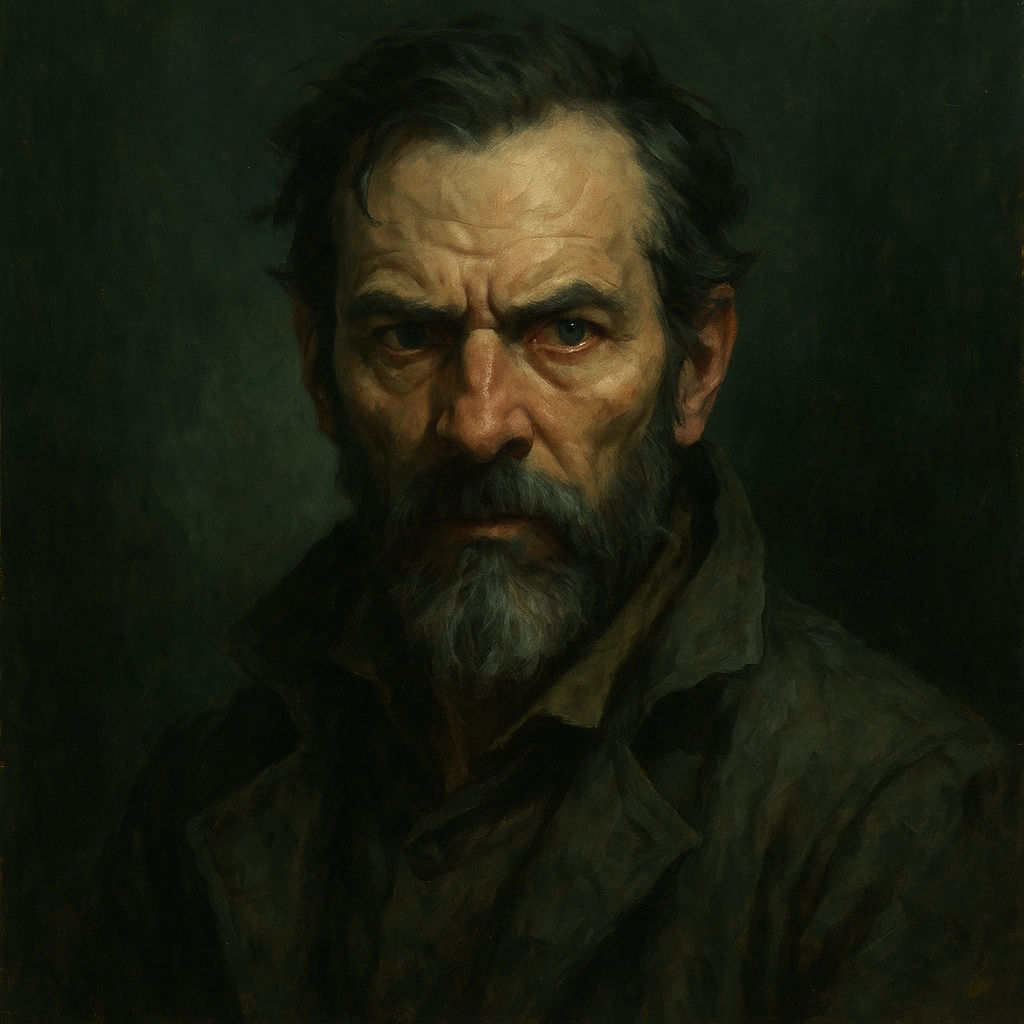
Do No Harm is a tactical test of intuition and ethical compromise. The tension in every decision is real and wrenching.
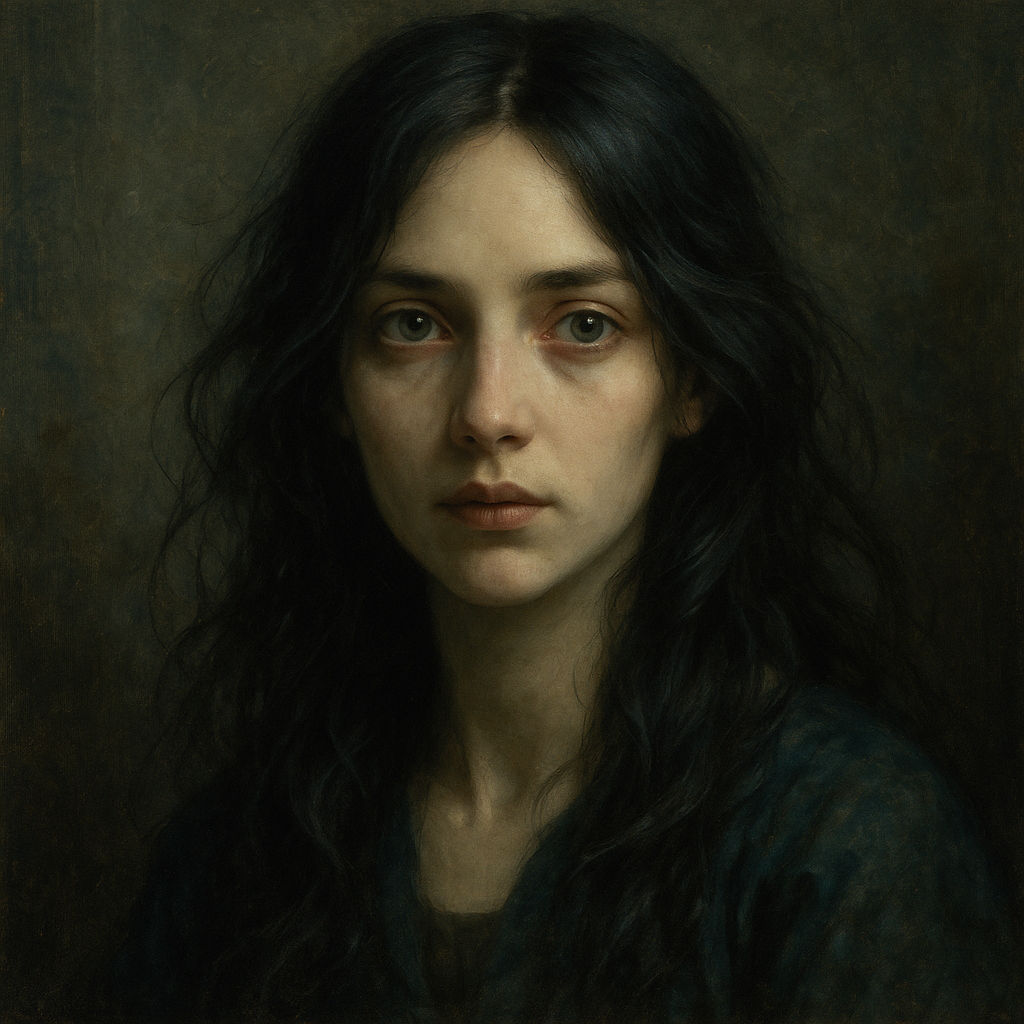
The world of Do No Harm is beautiful and bleak, like an old anatomy textbook etched in blood. Every shadow asks a question.
You might also like
About the author

Neith
I’m Neith. I walk the edges of madness and meaning. Stories that disturb, games that whisper — those are my domain.
